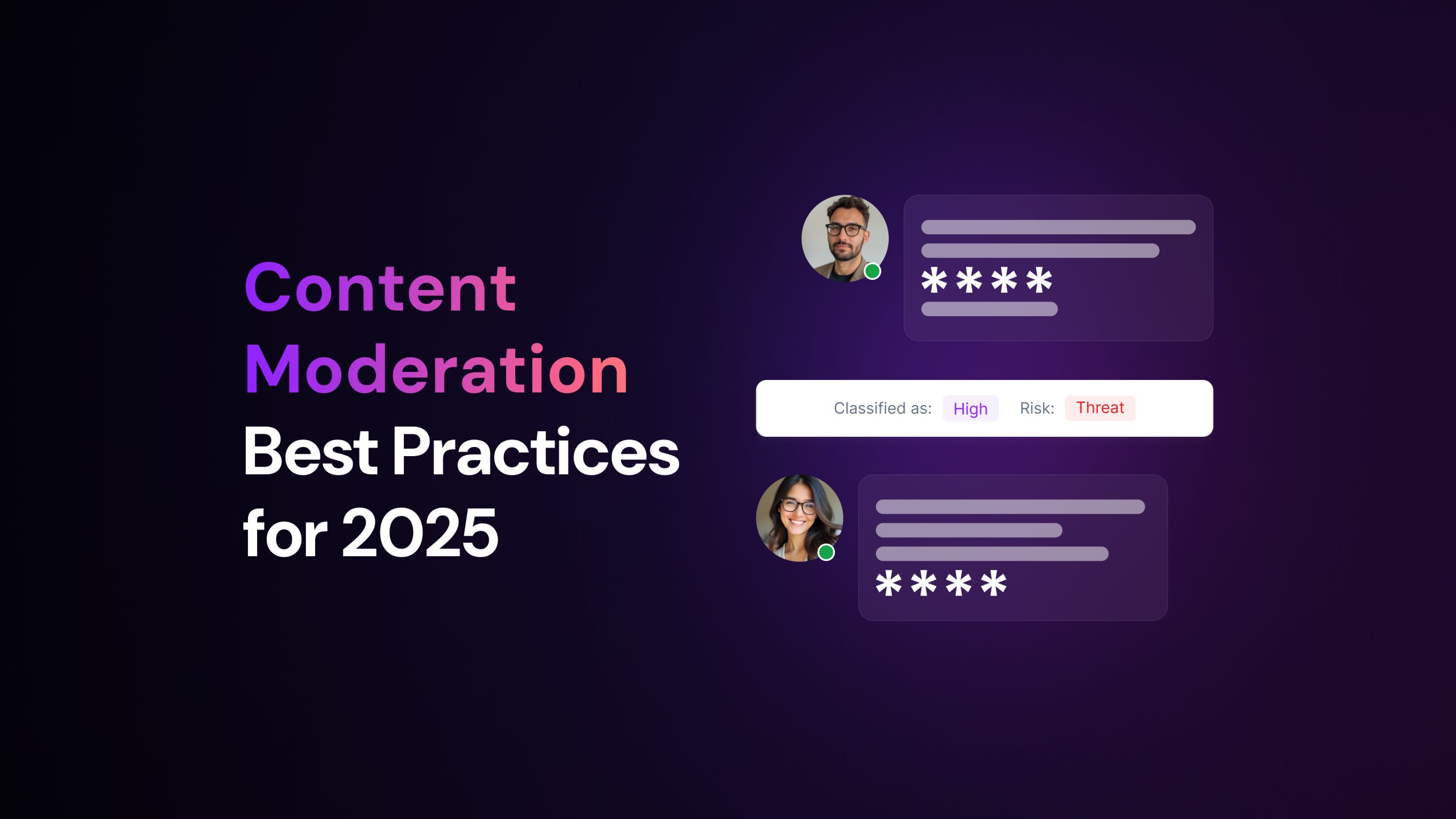This guide delves into creating a branded, engaging, and controlled space for user interactions by adapting your comment system to fit your unique needs. We’ll explore technical requirements, customization options, and the considerations between building your own system and using third-party solutions, empowering you to foster genuine engagement and maintain brand consistency.
In brief:
- Understand how to align your comment system with your brand’s identity and community goals.
- Explore customization options and features to enhance user experience and community management.
- Learn the pros and cons of building a custom comment system versus using third-party platforms.
- Discover best practices for managing and measuring the success of your comment system.
Understanding Your Brand’s Comment System Needs
Before diving into technical solutions or design choices, you need to clearly define what you want to achieve with your comment system.
Evaluate Your Brand Alignment Needs
Consider how important it is for the comment system to reflect your visual identity through elements like colors, fonts, and overall design. Think about whether you need basic commenting functionality or a more comprehensive community-building platform.
Assess Your Moderation Requirements
Will you need automated spam filtering, user reporting features, or pre-approval workflows? Think about the level of control you need over user-generated content to maintain your brand’s reputation and community standards.
Define Your User Engagement Objectives
Are you looking to facilitate simple feedback, encourage in-depth discussions, or focus on building online communities? Consider whether features like threaded conversations or rich media support align with how you want users to interact.
Evaluate Your Data Control Needs
Consider what user insights you want to gather and how you’ll use this information to improve engagement and make informed decisions about your community strategy. It’s also important to prioritize user data protection, complying with regulations like GDPR.
Customization Options and Features
Customizing your comment system involves several key areas that impact user experience and community management.
Tailor Visual and Interface Elements
You can match your brand identity through:
- Custom CSS styling for colors, fonts, and layouts
- Responsive design elements that work across all devices
- Rich media support for images, videos, and link embeds
- Customizable user profile interfaces
Enhance Functional Features
Improve the system’s core functionality with:
- Real-time comment updates using WebSockets or polling
- Nested replies for threaded discussions
- Voting mechanisms for community curation
- User authentication with SSO (Single Sign-On) integration
Implement Moderation Tools
To maintain content quality, it’s important to implement essential moderation tools such as:
- Automated content filtering for spam and inappropriate content
- User reputation systems to identify trusted community members
- Pre-moderation options for sensitive topics
- Flagging and reporting tools for community self-moderation
Monitor Analytics and Performance
Optimize your comment system with:
- Integration with analytics tools for tracking engagement metrics
- Caching mechanisms to handle high traffic loads
- Performance optimization through lazy loading and pagination
- Scalable infrastructure supporting up to 100M daily active users
Implementation Approaches
You have two primary approaches to implement your comment system: building a custom solution or utilizing third-party platforms.
Build a Custom Comment System
Building a custom solution gives you complete control over features and data:
- Design specific APIs for your needs, like dedicated endpoints for comment submission, retrieval, and moderation.
- Handle high-scale operations, potentially supporting up to 100M daily active users.
- Invest in infrastructure, including:
- Database solutions like MongoDB for handling unstructured data
- Implementing sharding for write loads
- Setting up distributed caching systems like Redis for performance
Use Third-Party Platforms
Using third-party solutions offers faster implementation and built-in features. Third-party platforms typically provide immediate access to moderation tools, user authentication, and analytics. While third-party solutions reduce development time and maintenance burden, they differ in customization and integration capabilities. Understanding the distinctions between platforms can help you make an informed decision. Resources like the Reddit vs. Arena Community and a broader community platforms comparison can provide valuable insights.
Evaluate Technical and Resource Considerations
Technical considerations vary significantly between approaches. Custom builds require expertise in API design, database architecture, and caching strategies. You’ll need to handle scalability, implement proper database partitioning, and manage data replication for redundancy. Third-party solutions handle these technical aspects but may require additional development work for integration with your existing authentication systems and content management platforms.
Resource requirements differ as well. Custom development demands significant upfront investment in development teams, infrastructure, and ongoing maintenance. Third-party solutions typically involve subscription costs but reduce the technical team requirements and infrastructure management burden.
Best Practices for Comment System Management
To maintain a thriving comment system, effective community content management helps balance technical management with community engagement.
Establish Clear Community Guidelines
Start by establishing clear community guidelines that outline acceptable behavior, content standards, and consequences for violations. Make these guidelines easily accessible and written in straightforward language.
Implement a Multi-Layered Moderation Strategy
To ensure online community safety, train your moderation team thoroughly on your guidelines and brand voice, and consider using automated tools for initial filtering of spam and inappropriate content. Regular monitoring and quick response to reported comments help maintain a healthy discussion environment.
Foster User Engagement
An effective comment system can support brand-driven community building by fostering user engagement. Actively participate in discussions and highlight quality contributions. Respond to thoughtful comments and questions to show that you value user input. Consider implementing features that reward constructive participation, such as:
- Featuring insightful comments
- Implementing an upvoting system
Utilize Data Insights for Continuous Improvement
Analyze comment trends and popular topics to inform your content strategy. Keep your comment system updated with the latest security features and functionality improvements. Regular reviews of your moderation practices and community guidelines ensure they remain effective as your community grows.
Educate Your Content Team
Remember to educate your content team on engagement strategies, moderation best practices, and the essential skills for media management. Their consistent involvement helps create a welcoming environment that encourages meaningful discussions while maintaining your brand’s standards.
Measuring Success and Iteration
Establish a robust measurement framework to ensure your comment system effectively serves your brand’s needs.
Track Key Metrics
Monitor these key metrics:
- Engagement rates (comments per post, replies per comment)
- User participation (percentage of returning commenters)
- Community growth (new commenters over time)
- Content quality indicators (comment length, depth of discussion)
- Conversion metrics (clicks on linked content, sign-ups from commenting users)
Analyze User Behavior Patterns
Use analytics tools to monitor these metrics regularly and gather insights about your community’s behavior. Pay attention to patterns in:
- Peak engagement times
- Topics generating most discussion
- User retention rates
- Comment sentiment trends
Refine Your Comment System
Based on these insights, continuously refine your comment system’s features and moderation strategies. Test different approaches to formatting, notification settings, or moderation rules, and measure their impact on engagement and community quality.
Remember that metrics should align with your specific business goals—prioritize measurements that directly tie to your desired outcomes.
Conclusion
A customized comment system transforms your website into an engaging community hub. Engaged commenters are valuable customers—with 7% making additional purchases after participating in discussions. Whether you build a custom solution or use an existing platform, fostering community engagement while maintaining control over user experience and data is key.
Ready to see the impact of an effective brand community on your bottom line? Sign up now at Arena and start leveraging our powerful features to boost engagement and retention. Join thousands of brands that trust Arena to turn visitors into loyal customers.



